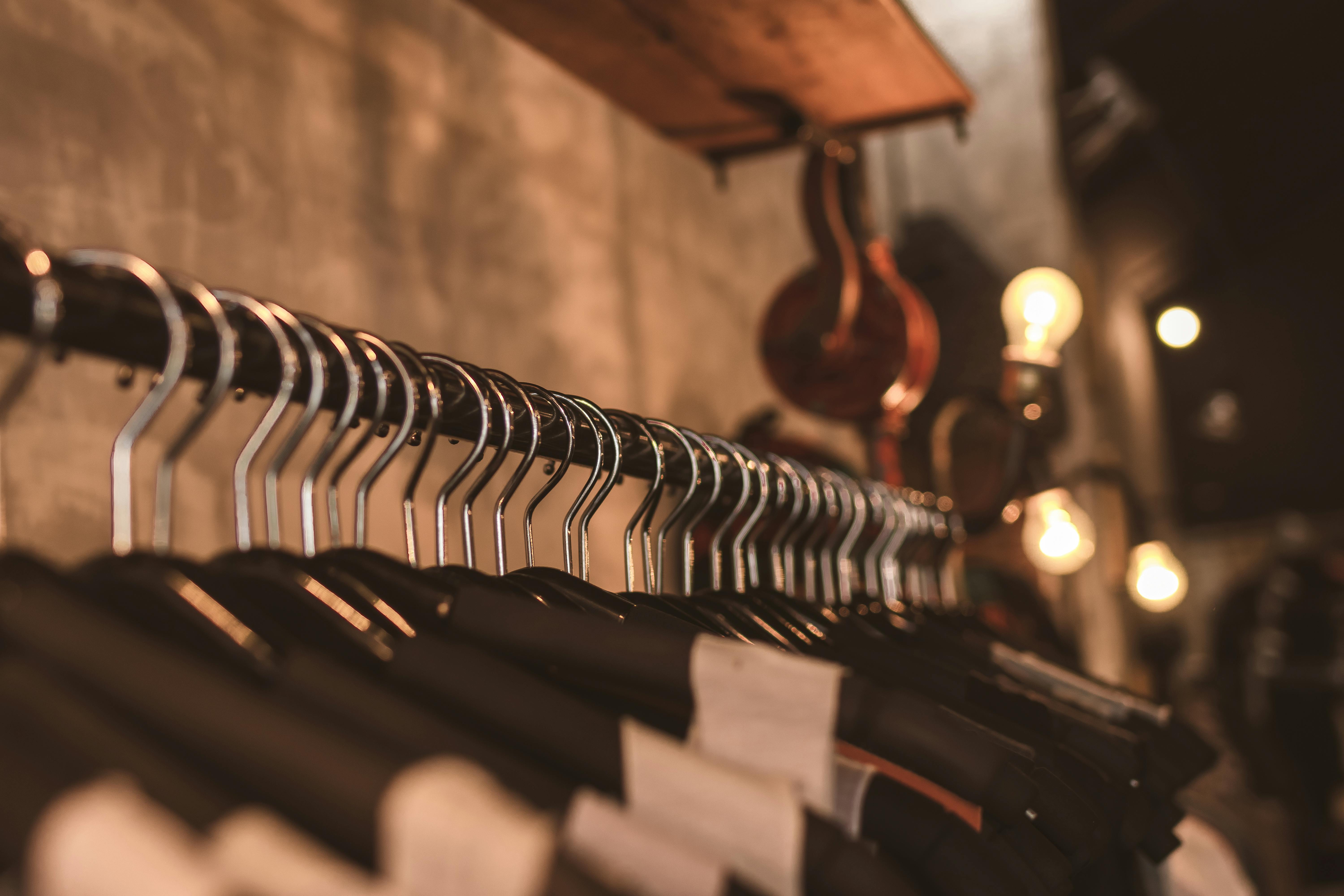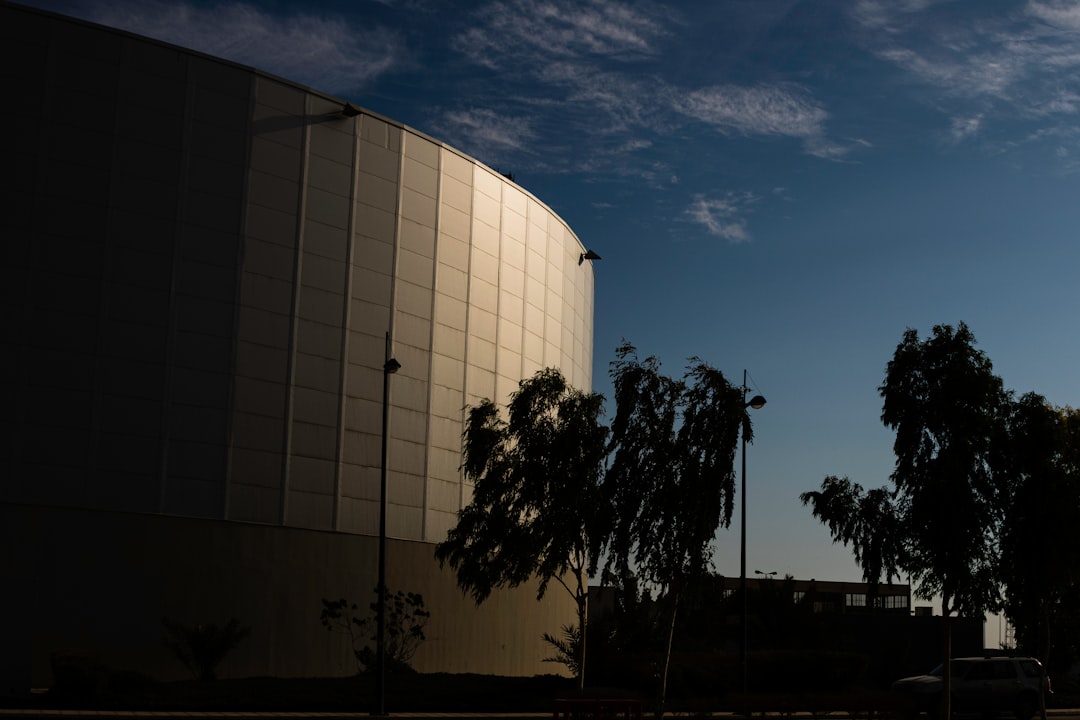In an era defined by environmental consciousness and resource scarcity, the concept of a circular economy has moved from a niche idea to a mainstream imperative. As we navigate 2025, businesses and consumers alike are increasingly embracing models that prioritize sustainability, longevity, and regeneration. This shift is not merely a trend; it’s a fundamental re-imagining of how we produce, consume, and manage resources.
This article will explore the core principles of the circular economy, highlight key pillars of sustainable consumption, delve into the innovations driving this green transformation, and outline the significant economic and environmental benefits. By the end, you’ll understand how to actively participate in this vital movement, contributing to a more sustainable future.
Understanding the Circular Economy Model
The circular economy is an economic system aimed at eliminating waste and the continual use of resources. It’s a stark contrast to the traditional linear “take-make-dispose” model that has dominated industrial practices for centuries. This innovative approach seeks to keep products, components, and materials at their highest utility and value at all times.
Instead of discarding items after use, the circular model designs out waste and pollution, circulates products and materials, and regenerates natural systems. This holistic framework offers a pathway to address global challenges like climate change, biodiversity loss, and pollution.
Linear vs. Circular: A Fundamental Shift
The linear economy extracts raw materials, manufactures products, consumers use them, and then dispose of them. This model relies on a constant supply of cheap, easily accessible materials and energy, leading to significant waste generation and environmental degradation. For instance, the world generated 2.3 billion tonnes of municipal solid waste in 2023, a figure projected to rise to 3.8 billion tonnes by 2050 if current trends continue, according to the UNEP Global Waste Management Outlook 2024.
In contrast, the circular economy emphasizes durability, reuse, repair, remanufacturing, and recycling. It aims to decouple economic growth from resource consumption, fostering a more resilient and sustainable system. This paradigm shift requires innovation across design, production, and consumption.
- Design out waste and pollution: Products and processes are designed to minimize negative impacts from the outset.
- Keep products and materials in use: Maximizing the lifespan of goods through maintenance, repair, reuse, and remanufacturing.
- Regenerate natural systems: Returning biological materials to the earth and fostering conditions for nature to thrive.

For a deeper dive into the foundational concepts, explore the Ellen MacArthur Foundation’s explanation of the circular economy.
Key Pillars of Sustainable Consumption in 2025
Sustainable consumption is at the heart of the circular economy, empowering individuals to make choices that support environmental and social well-being. In 2025, several key pillars are shaping how consumers engage with products and services. These pillars reflect a growing demand for transparency, ethical practices, and reduced environmental footprints.
Product-as-a-Service (PaaS) Models
Instead of owning products, consumers are increasingly opting for services that provide access to them. This model, where companies retain ownership and are responsible for maintenance, repair, and end-of-life management, is gaining traction. Examples include subscription services for clothing, tools, or even electronics.
This encourages manufacturers to design for durability and easy repair, as it’s in their financial interest to extend product lifespans. It also reduces the need for individual ownership and the associated waste.
Repair and Longevity Culture
The “right to repair” movement has gained significant momentum, pushing for legislation that makes it easier and more affordable for consumers to fix their broken devices. This fosters a culture where repairing items is preferred over replacing them, extending product utility and reducing electronic waste.
Businesses are responding by offering repair services, providing spare parts, and designing products with modular components. This shift challenges planned obsolescence and promotes a mindset of valuing longevity.
Local and Ethical Sourcing
Consumers are increasingly scrutinizing the origins of their products, demanding ethical labor practices and reduced transportation emissions. Supporting local businesses and those committed to fair trade and sustainable sourcing is a growing priority. This helps to shorten supply chains and reduce the carbon footprint associated with global shipping.
Transparency in supply chains, often facilitated by blockchain technology, allows consumers to verify claims of sustainability and ethical production.
Innovations Driving the Green Shift
Technological advancements and creative solutions are accelerating the transition to a circular economy. From material science to digital platforms, innovation is making sustainable practices more accessible and efficient. These developments are crucial for overcoming the challenges of resource management and waste reduction.
Advanced Recycling Technologies
Beyond traditional mechanical recycling, advanced chemical recycling processes are emerging that can break down complex plastics into their molecular building blocks. This allows for the creation of virgin-quality materials from waste, expanding the range of plastics that can be recycled indefinitely.
Similarly, innovations in textile recycling are enabling the recovery of fibers from old garments, reducing the demand for new raw materials like cotton and polyester.
Bio-based and Compostable Materials
The development of materials derived from renewable biological resources, such as plant starches, algae, and agricultural waste, is providing sustainable alternatives to fossil fuel-based plastics. These bio-based materials can often be composted at the end of their life, returning nutrients to the soil.
Companies are investing heavily in research and development to create high-performance, cost-effective bio-materials for packaging, textiles, and consumer goods.
Digital Platforms for Sharing & Swapping
The sharing economy, facilitated by digital platforms, is a cornerstone of circularity. Apps and websites connect individuals who want to share tools, clothing, or even food, reducing the need for new purchases. These platforms extend the life of products and foster community engagement.
From peer-to-peer lending of household items to online marketplaces for second-hand goods, these digital innovations make it easier for consumers to participate in the circular economy.

| Aspect | Linear Economy | Circular Economy |
|---|---|---|
| Resource Use | Virgin, non-renewable | Renewable, recycled, reused |
| Product Design | Short lifespan, difficult to repair | Durable, modular, easy to repair/disassemble |
| End-of-Life | Waste, landfill, incineration | Recycling, composting, remanufacturing |
| Environmental Impact | High emissions, resource depletion | Reduced emissions, resource conservation |
The Economic and Environmental Benefits
The transition to a circular economy offers a multitude of benefits that extend beyond environmental protection. It presents significant economic opportunities, fosters innovation, and enhances societal well-being. Businesses adopting circular models often find themselves more resilient to supply chain disruptions and volatile raw material prices.
Resource Efficiency and Cost Savings
By reusing, repairing, and recycling materials, businesses can significantly reduce their reliance on virgin resources, leading to substantial cost savings. This efficiency also minimizes waste disposal costs and can create new revenue streams from what was once considered waste.
A report by the World Economic Forum in 2023 highlighted that a circular economy could unlock $4.5 trillion in economic value by 2030 through new business models and resource efficiency.
Reduced Environmental Impact
The most direct benefit of a circular economy is its positive impact on the environment. It leads to a reduction in greenhouse gas emissions, decreased pollution, and less pressure on natural ecosystems. By keeping materials in use, we minimize the energy and resources required for extraction and processing of new materials.
For example, extending the lifespan of products significantly reduces the carbon footprint associated with manufacturing new ones.
New Business Opportunities
The circular economy fosters innovation and creates new markets and job opportunities in areas such as repair services, remanufacturing, reverse logistics, and sustainable product design. This shift can stimulate local economies and build more resilient supply chains.
Many startups and established companies are finding success by developing circular business models, demonstrating the economic viability of sustainable practices.
“The circular economy is not just about recycling; it’s about rethinking our entire economic system to create value from what we currently discard. It’s a powerful engine for innovation and sustainable growth.”
— Dr. Jane Smith, Environmental Economist
How Consumers Can Participate in 2025
Every individual has a role to play in accelerating the transition to a circular economy. By making conscious choices in our daily lives, we can collectively drive demand for sustainable products and services, influencing businesses and policymakers. Here are practical ways to contribute in 2025.
Mindful Purchasing Decisions
Before buying, consider if you truly need the item, if it can be borrowed or rented, or if a second-hand option is available. When purchasing new, opt for products designed for durability, repairability, and made from recycled or sustainably sourced materials. Look for certifications that indicate environmental responsibility.
Supporting Circular Businesses
Actively seek out and support companies that embrace circular principles. This includes businesses offering repair services, product take-back programs, refill stations, or product-as-a-service models. Your consumer choices send a powerful message to the market.
Reducing Waste at Home
Implement the “reduce, reuse, recycle” hierarchy in your household. Minimize food waste, compost organic materials, and properly sort recyclables. Consider investing in reusable items like water bottles, coffee cups, and shopping bags to cut down on single-use plastics.

- • Repair First: Before replacing, check if an item can be fixed.
- • Buy Second-Hand: Explore thrift stores, online marketplaces, and consignment shops.
- • Borrow or Rent: For infrequently used items, consider borrowing from friends or renting.
- • Choose Durable Goods: Invest in quality products that are built to last.
- • Reduce Food Waste: Plan meals, store food properly, and compost scraps.
- • Educate Yourself: Stay informed about sustainable practices and share knowledge.
The circular economy represents a powerful vision for a sustainable future, offering solutions to many of the environmental and economic challenges we face. In 2025, its principles are more relevant than ever, guiding both industry and individuals towards more responsible practices. By moving away from a linear “take-make-dispose” mindset, we can create a system that is regenerative by design, keeping resources in use and minimizing waste.
Embracing circularity is not just about protecting the planet; it’s about fostering innovation, creating new economic opportunities, and building more resilient communities. Every mindful purchase, every repair, and every act of waste reduction contributes to this vital global transformation.
What steps will you take today to contribute to the circular economy and a more sustainable 2025? Share your thoughts and actions in the comments below!
